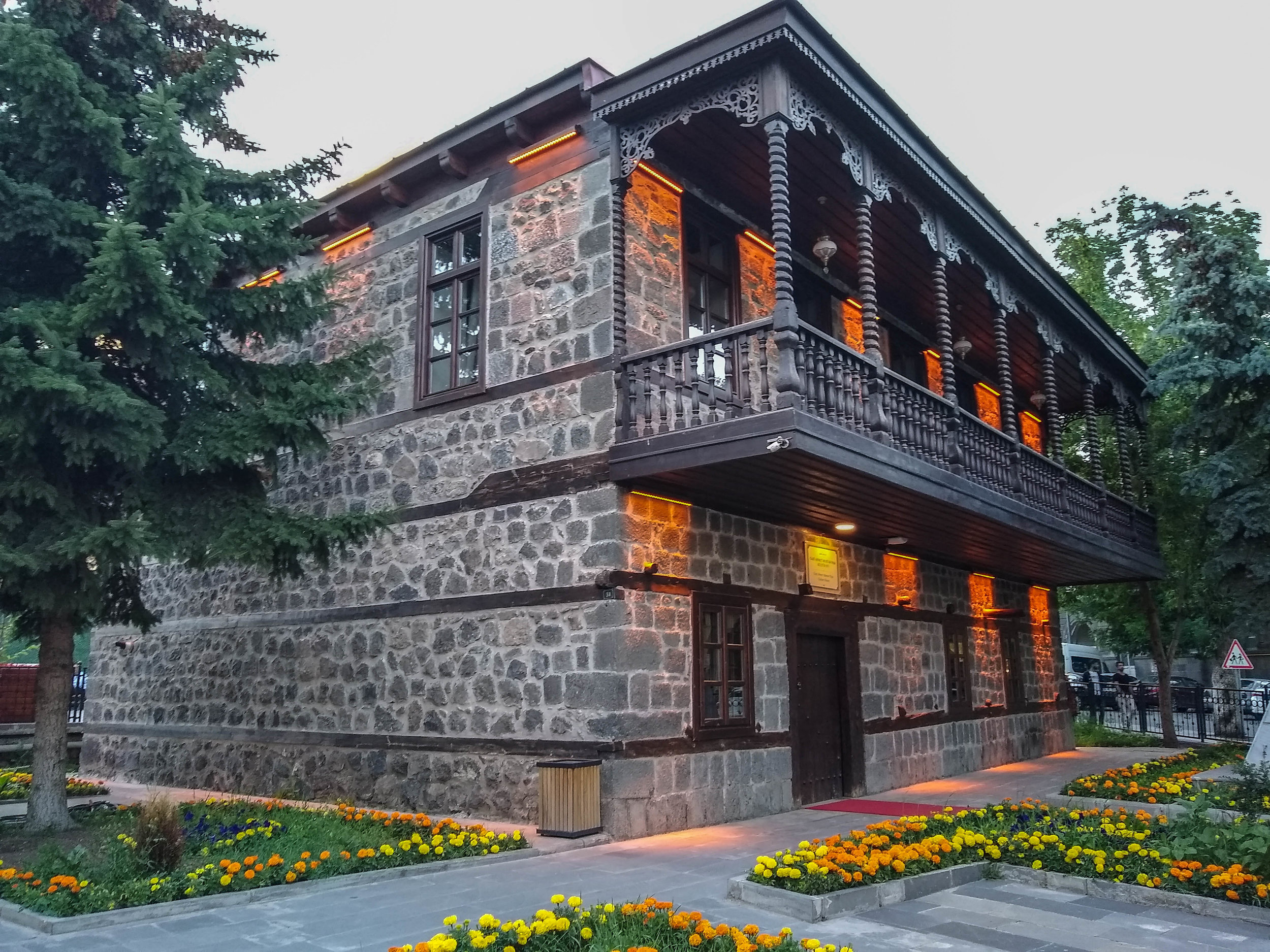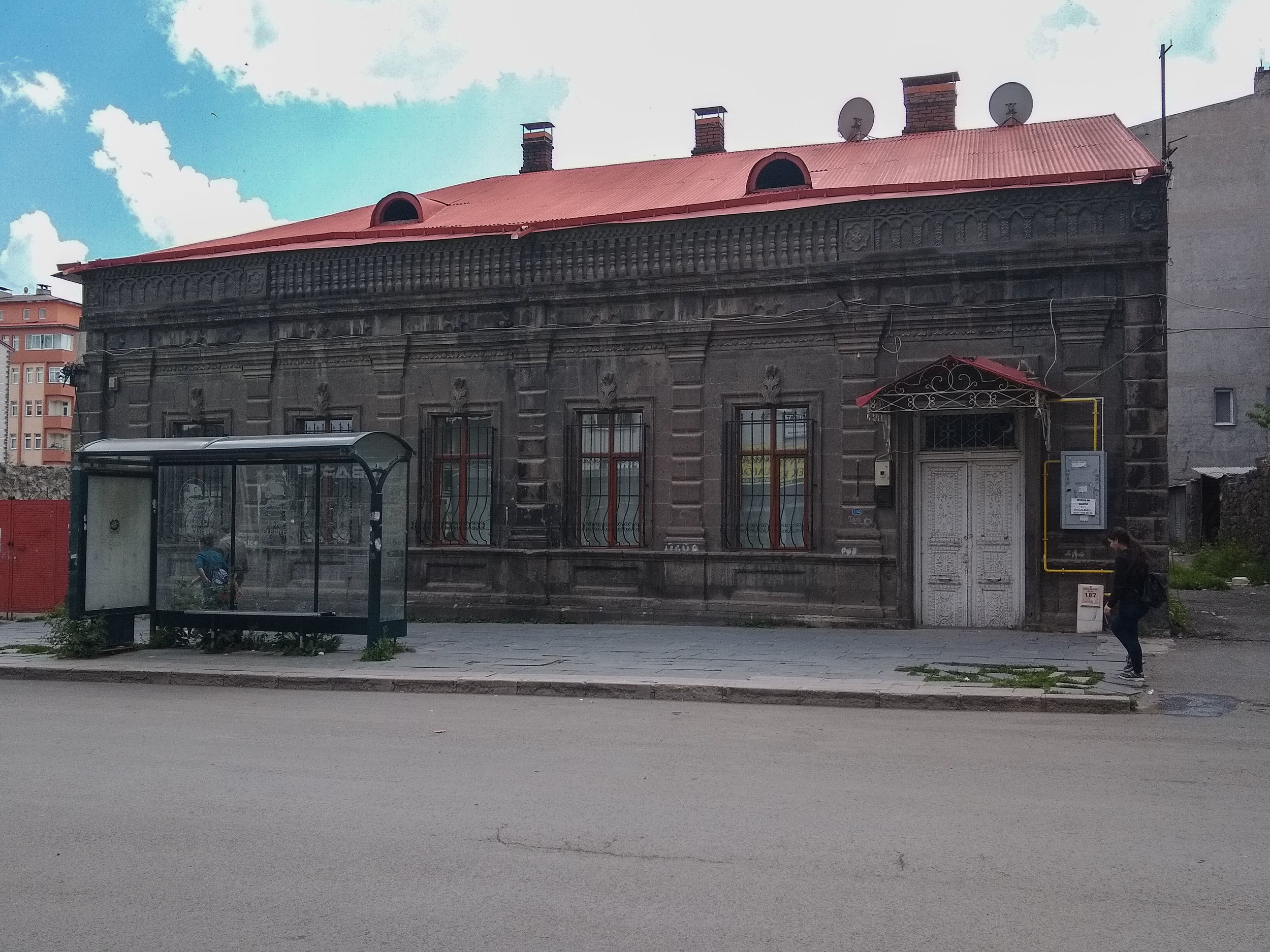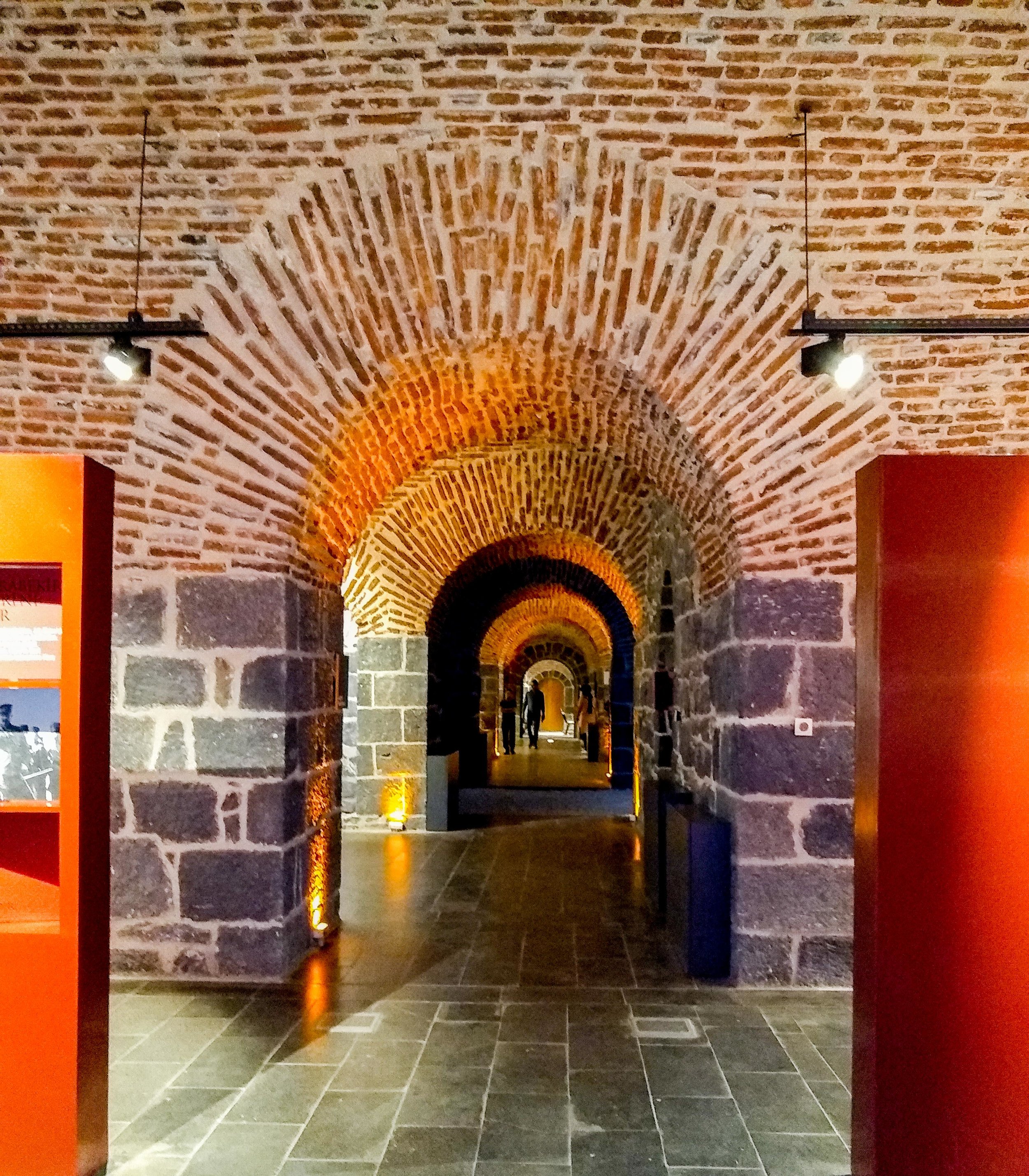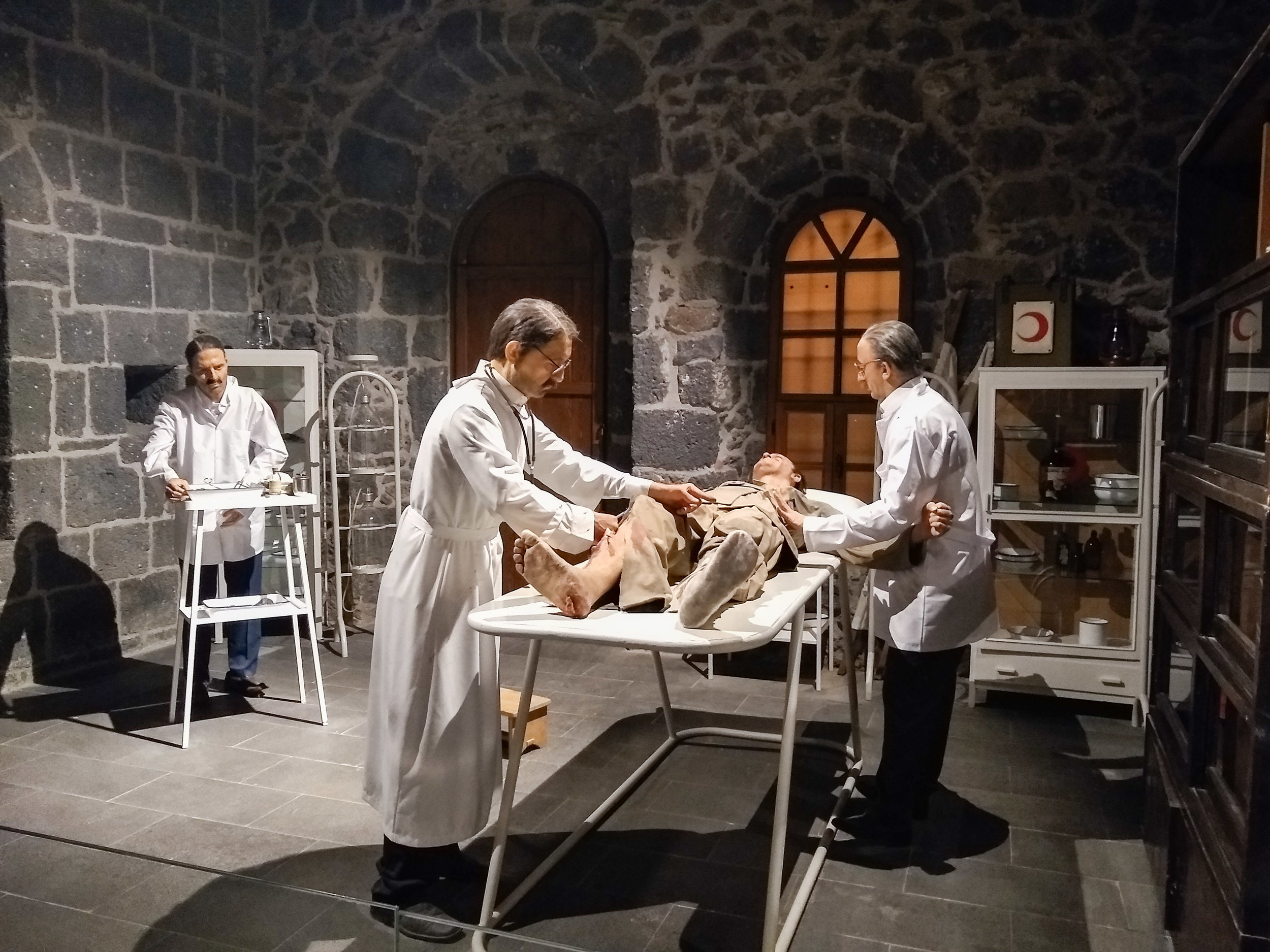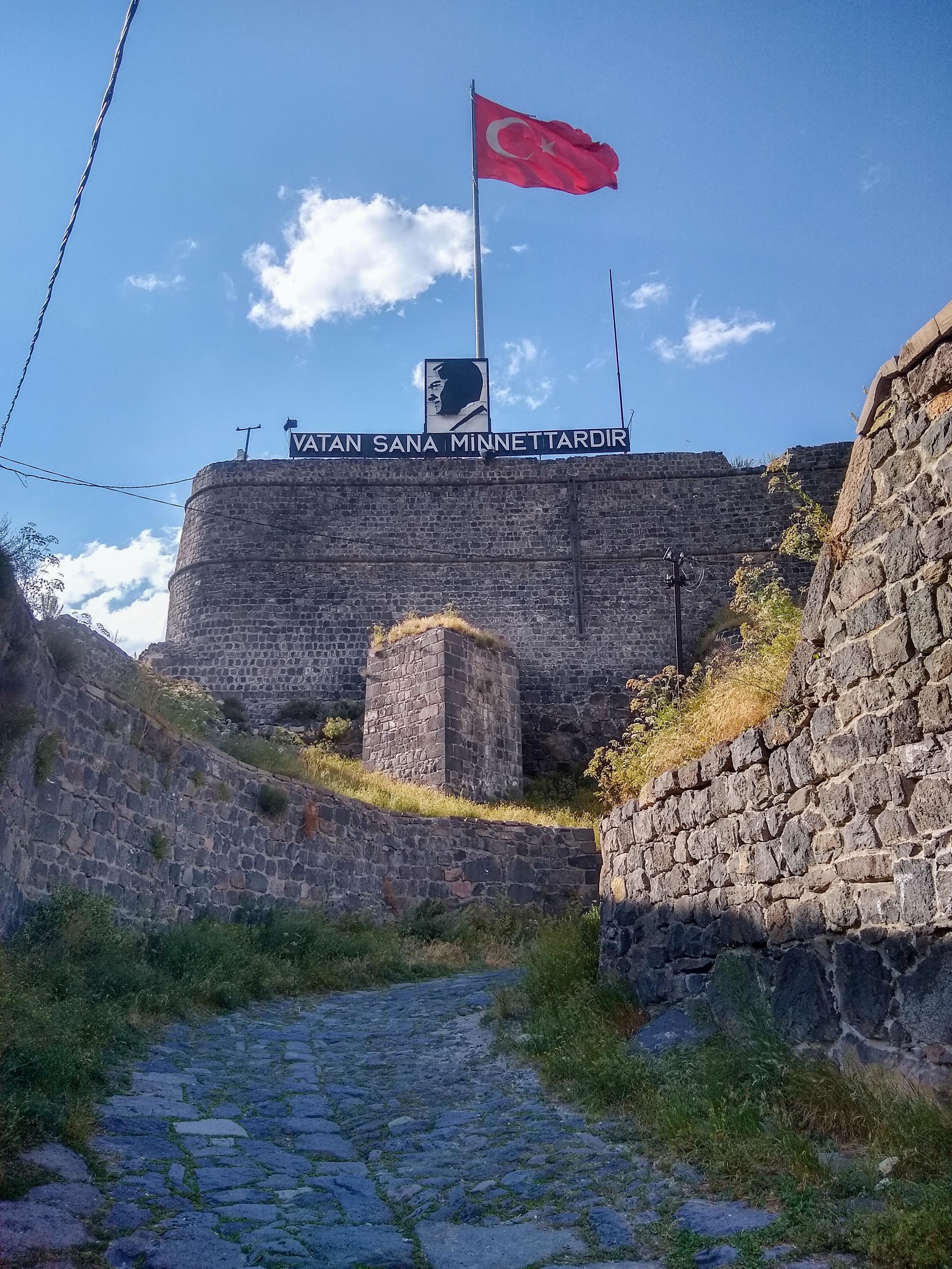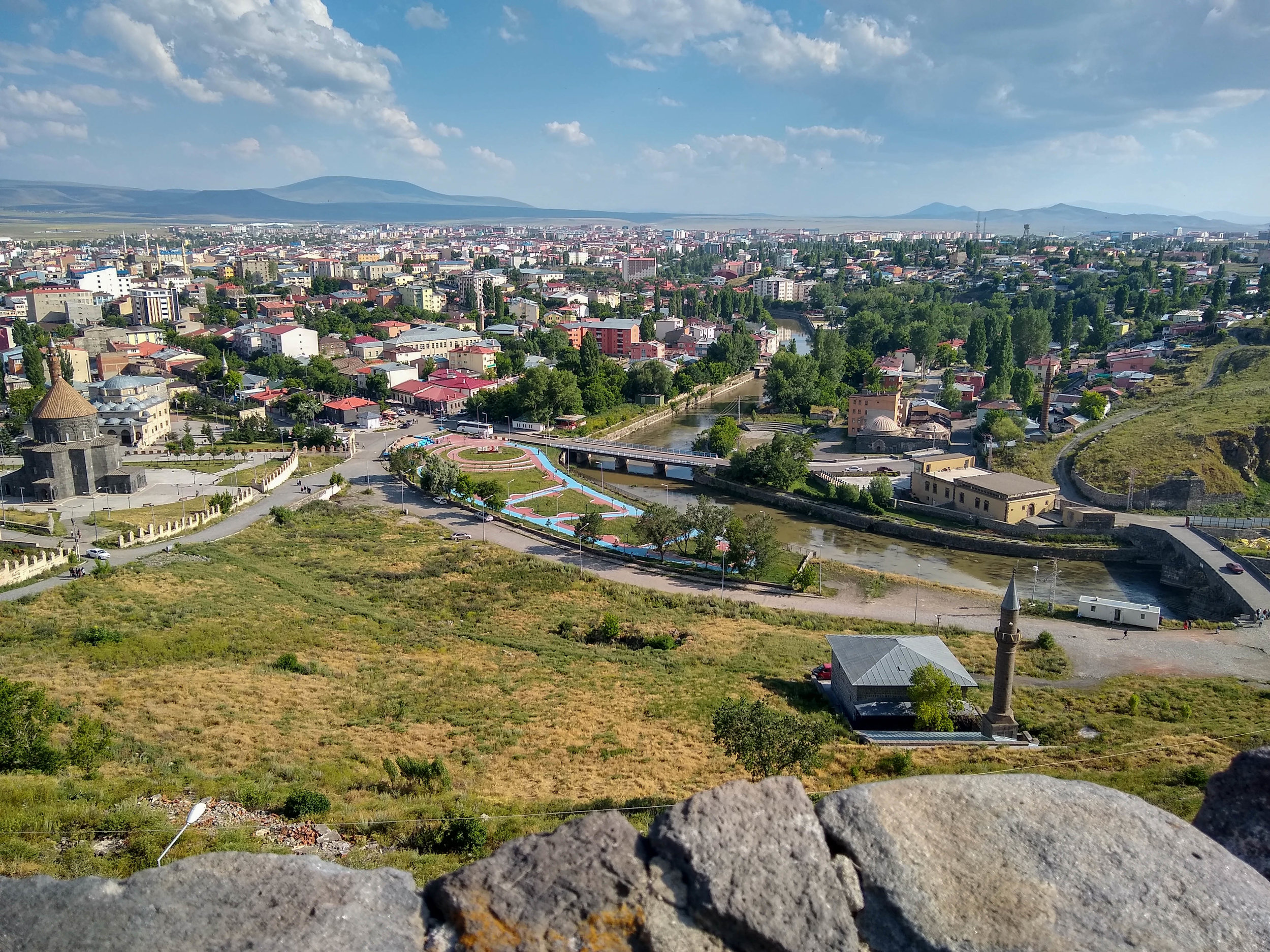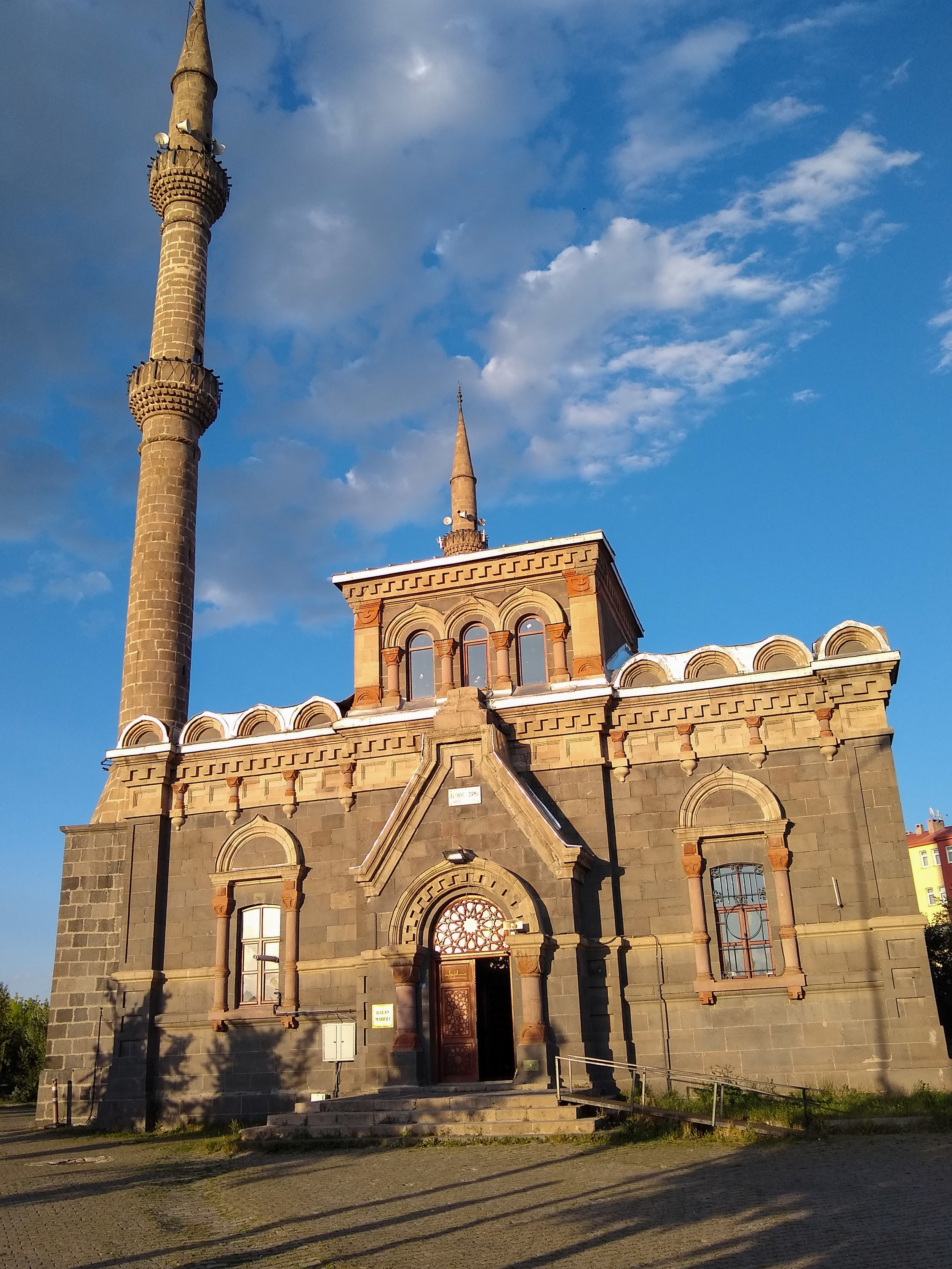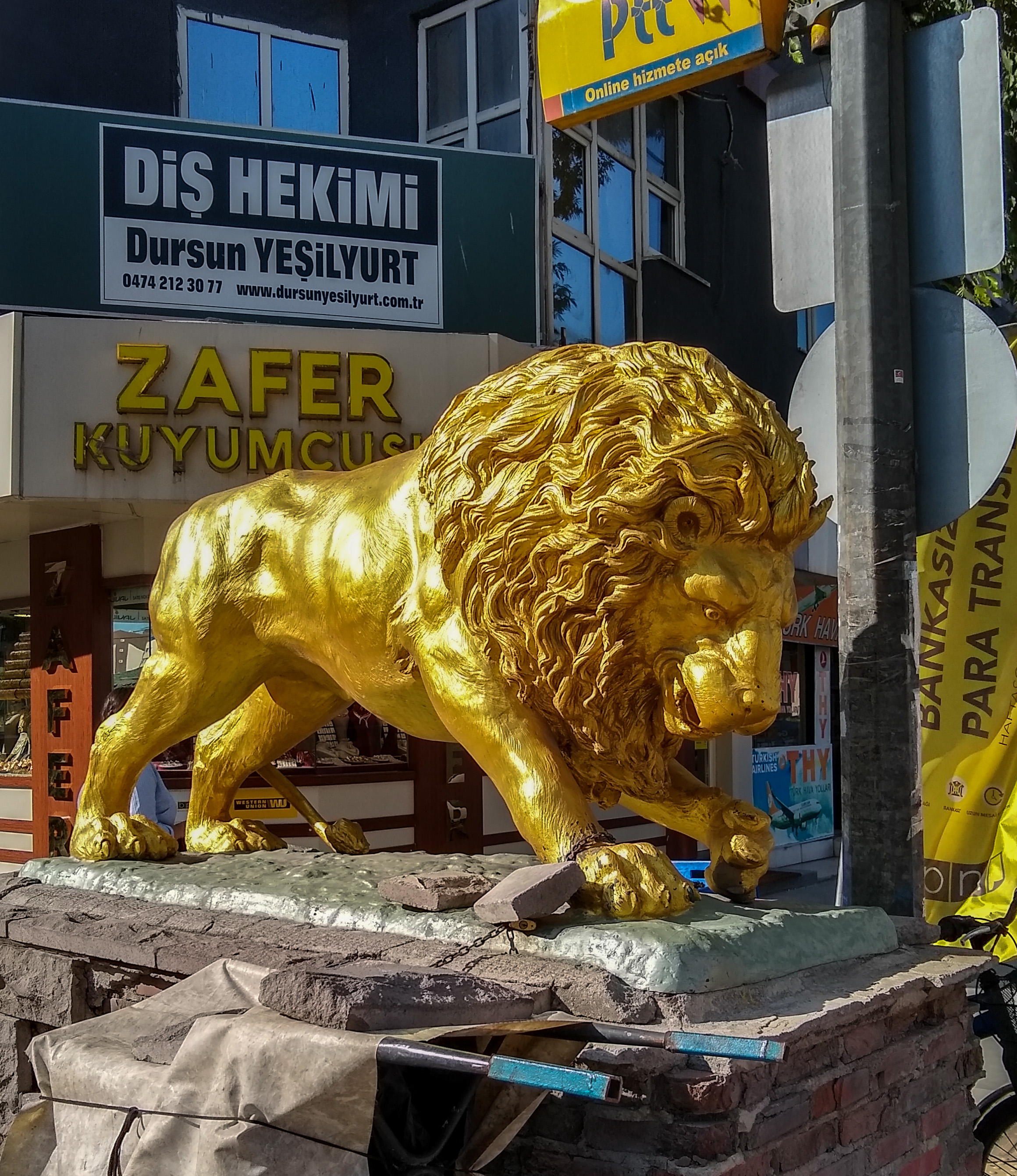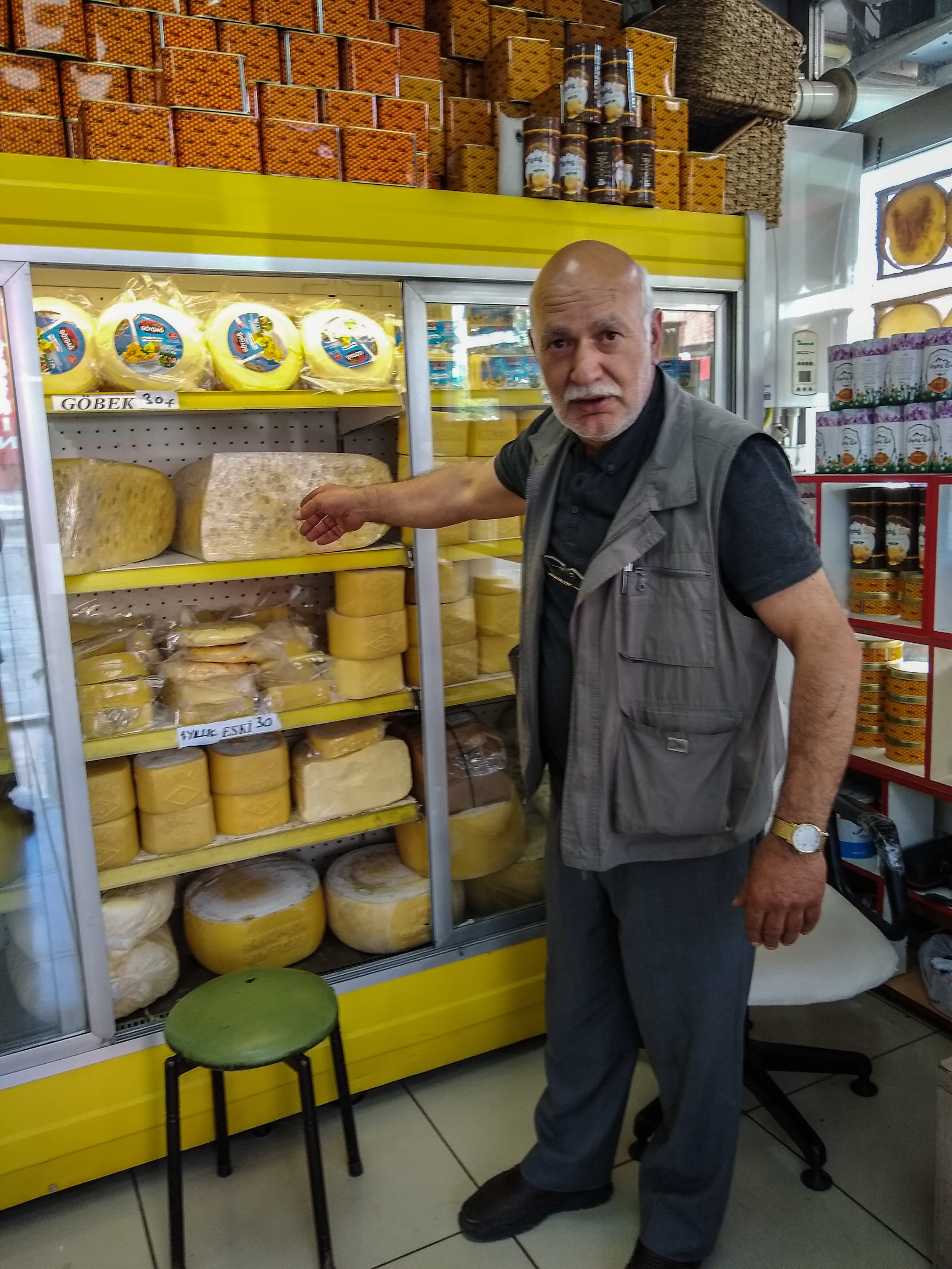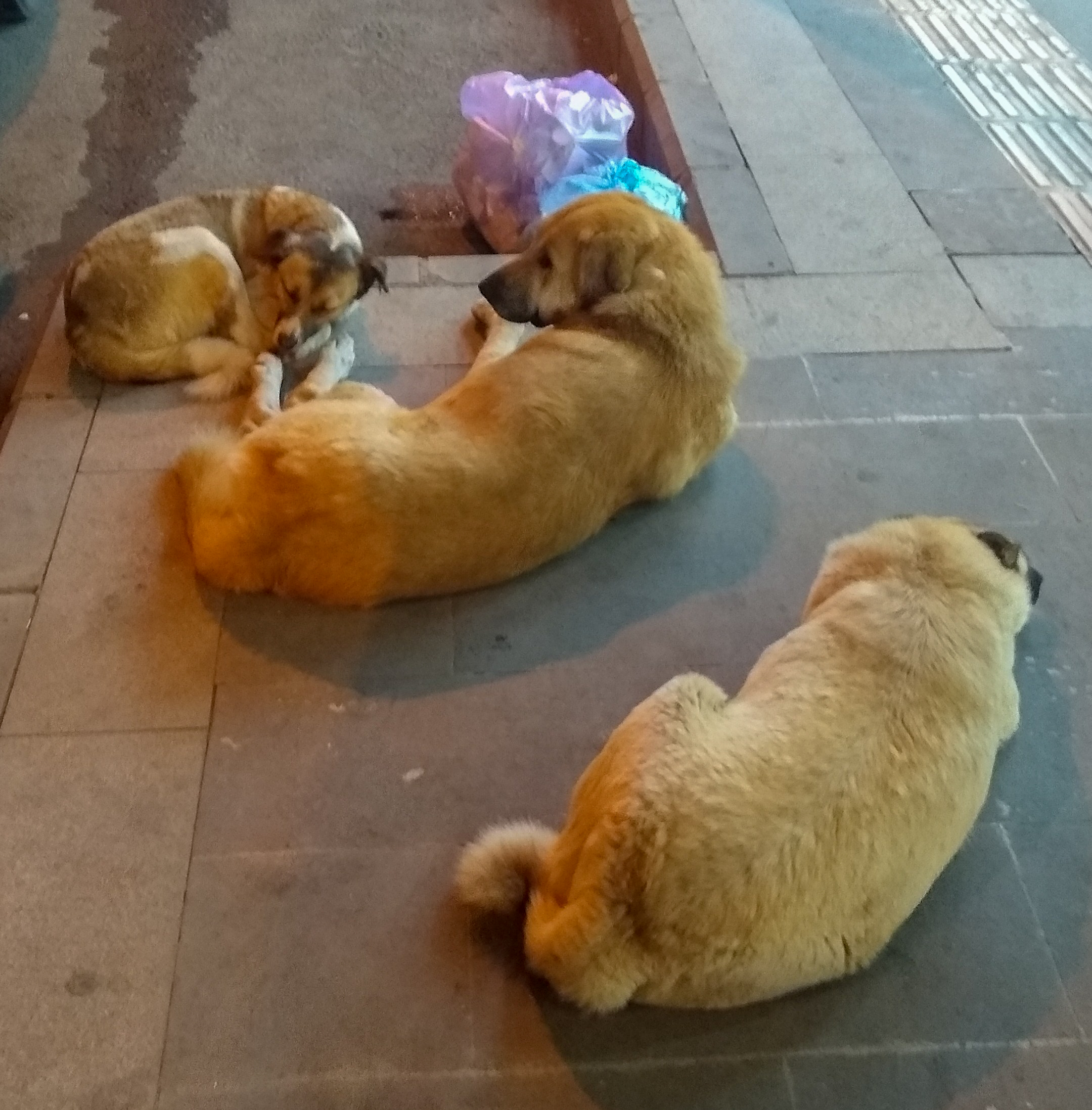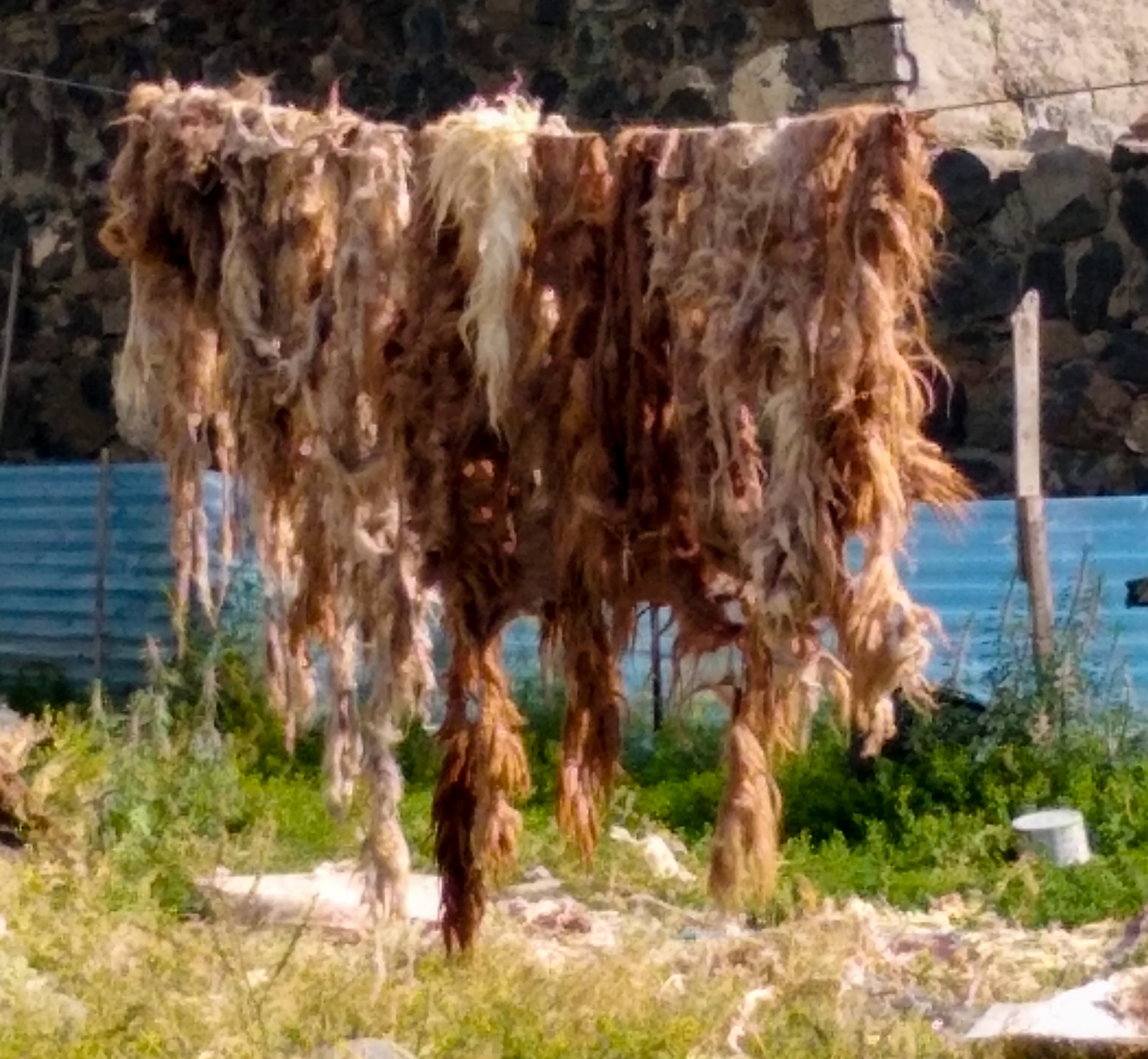How many days are you going to be in Kars?, the manager of the hotel asked me in near perfect English. Three? What are you going to do here for three days?!
I guess, that sums it up. There isn’t much to do here, except go to Ani - which of course, is the reason I am way out here, just a few kilometers from the Armenian border at the very Western outskirts of Turkey in what is referred to as North-Eastern Anatolia. Most visitors come for a day and do Kars and Ani all in one. But I always add a work day to each destination and like to see a bit of the area I am in. And who is in a hurry?
I arrived from Istanbul via plane. Pegasus Airline has been my standard mode of transportation. It is the cheapest, no-frill airline in Turkey and serves a lot of the domestic flights. I booked 7 flights with them… I have come to expect flight changes and a few delays, but all in all the service is prompt, reliable and friendly; nothing like the chaos and the maham I have seen in Greece last year with domestic airlines and domestic flights. I am pleasantly surprised.
Kars is not nothing.
It’s a steppe-land area with a few hills, but historically speaking, it has been an area much fought over by various powers, including the Russians, who occupied this area for nearly 40 years and left a visible mark on the city’s architecture. If I had paid a bit more attention, I probably could have booked a room in one of the Russian “mansions” for a unique architectural flavor, but I ended up in a small, simple downtown hotel which did the job; it provided me with a clean shelter, breakfast, and wifi.
A beautiful Ottoman garrison, one of many built to protect this area - is preserved and today functions as the Caucasian Battlefields Military History Museum, in which some of Kars’ bloody history is preserved and passed on in modern, interactive, rather graphic and memorable displays. But most impressive still is the building itself with its central row of arches and the arched side rooms.
Less impressive is the dusty little Kars City Museum that shows a few interesting objects of local life but overall feels neglected. However, I have to say that I am deeply impressed with the fact that many museums in Turkey are free; even hugely popular ones, even completely modern, newly built, and important ones. There seems to be a general policy of government support for cultural institutions quite unlike what I have seen in other places.
The impressive Kars Castle overlooks the town. I like towns that can be comprehended in one swoop. From the castle you see it all, the modern outskirts, the parks, the alleys, the well-preserved Armenian church - converted mosque (Ulu Camii), the Russian Orthodox church - converted mosque (Fethiye Camii), the various mosques - built as such, the river and the old Seljuk Bridge (Tas Kopru) as well as the rolling hills behind it. There is definitely no shortage of mosques in any Turkish town. And so far, I have always lived so close to a mosque, that my night usually ends around 3:45 AM when the first call to prayer comes. I take it as a call for the bathroom and do my best to continue to sleep until a reasonable hour arrives.
Kars’ claim to fame is last but not least the fact that it inspired the famous author Orhan Pamuk to write his 2006 Nobel Prize for Literature - winning novel “Snow”. I have not read that one, but I much enjoyed his less famous novel “My name is Red”, which is set in late 16th Century Ottoman Istanbul, featuring the Topkapi palace, a circle of famous miniaturists, and Istanbul’s back alleys. Snow is taking place in a much more contemporary setting (1990’s) and tracks politics, religious fanaticism, and life in this small town. Now I definitely have to make a point to read it!
History seems to be treasured in Kars. In various areas, circles of heads are lined up in small parks remembering note-worthy dignitaries who left a mark on the city. I admit that without further digging, I recognized perhaps one or two in the two circles of a dozen or so.
KARS DIGNITARIES
Several roads are marked by sculptures such as a horse, a Neptune figure, two golden lions Those were great landmarks for me to find my way around and back home. English is typically not spoken, so I was grateful for the very enthusiastic hotel manager who used every opportunity to track me down for something. If he were not near deaf, he would have made for an interesting person to talk to.
STREET MARKER : GOLDEN LION
Kars has a lively night life, even though no beer or alcohol is served in public. The hangouts for the young people are tea gardens or more famously, the water-pipe (nargile) restaurants. Restaurants abound One night I chose a fish restaurant that was filled with three generation-families eating out for dinner. I take that as an indication of an overall healthy economy. But there were beggars in town as well; refugees?
In the side alleys of Kars, there is a fair amount of decay. This town needs a few people to buy and restore old buildings, like in Balibanli… They seem to be available.
You also see traditional village life-scenes, such as drying, combing, and spinning wool. Wild dogs seems to have arranged themselves with people who in general don’t appreciate them, and avoid have them as pets. But the dogs are left alone and don’t bother the people either. In turn, they are thrown a bone once in a while to survive.
Kars is known for honey and cheese, a fact I had read about, but a fact that you cannot miss as you walk through streets full of stores with huge canisters full of honey and huge chunks of cheese. This seems to be mainly a whole-sale, export business. One store owner spread his arms to at least 3 feet to indicate the full size in which this cheese gets delivered. They must have plenty of cows and flowers in the country-side. I did not see much of that. To me, the area looked rather steppe-like and dry.
Temperatures here are heavenly - that means that more than once I have heard the locals complain about how cold Kars is. Yes, July temperatures are not going above 25/80 degrees Celsius/Fahrenheit, and the nights cool down to 10/60 degrees.
That’s my kind of a town! Go Kars!
